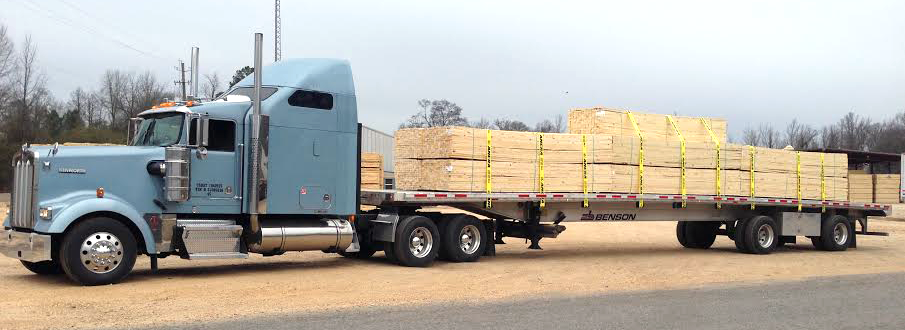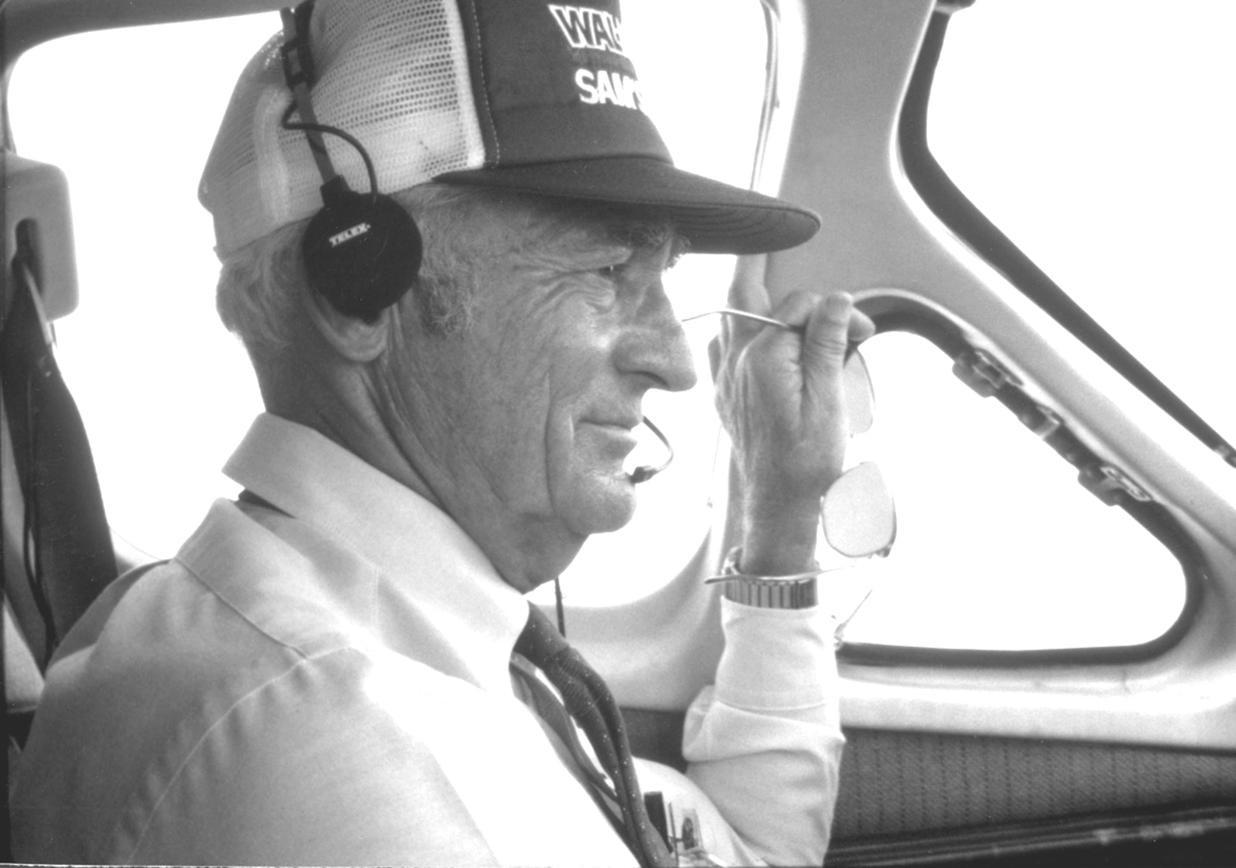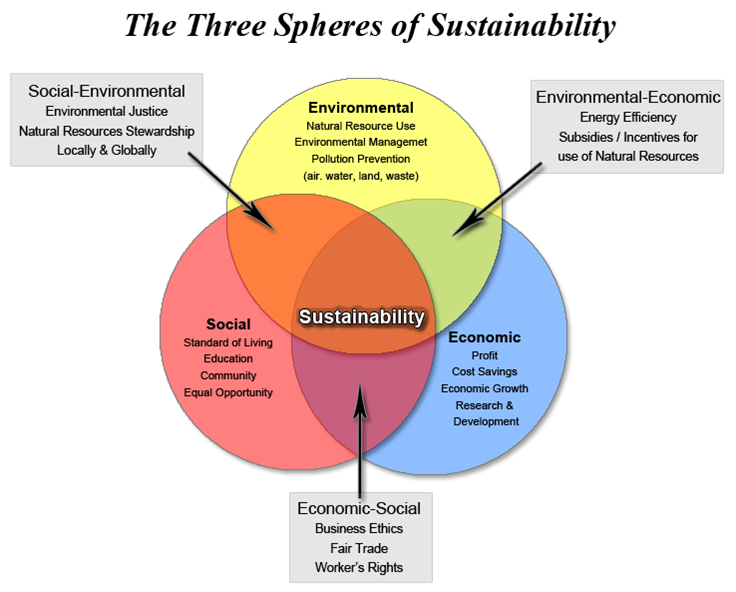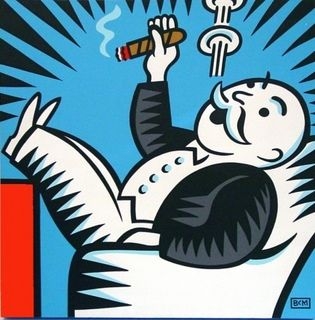TACTICS MASQUERADING AS STRATEGY?
Do You Have a Transportation Management Strategy?
Supply chain leadership challenge:
Supply chain software applications are great tactical tools to support an existing tactic, or implementing a new tactic. However, tactics are undertaken to support strategy. Do you have a transportation management strategy? Can you spell strategy?
The headline for the transportation management article read, “Freight Cost Increases Threaten Company Profitability." It began, "Organizations must evaluate their supply chain applications portfolios and look to enhance or add supply chain solutions that target transportation costs.”
The article goes on to cite four cost-drivers currently contributing to this situation, specifying six key transportation management areas where supply chain (automated) solutions could be used to help reduce freight costs.
So Mack, what’s wrong with this picture? Behind the mask, bobo is trying to sell you a tactic, implying it is a strategic solution (e.g., “…enhance or add supply chain solution applications.”) Maybe you need to have a strategy first, then think about choosing an appropriate tactic to achieve those strategic goals?
Okay, you look like a bright boy. So tell me, which is tactical and which is strategic? Cost or expense ?
Cost is tactical. Expense is strategic. Multiple costs add up to a total expense. Transportation expense comprises a variety of costs. Do you have a strategy that controls cost? Or expense? Ponder that for a few minutes.
Operating cash (O-cash) is what companies pay their bills with. When freight cost increases, O-cash decreases. To mitigate the impact of such freight increases, the company requires more than a tactical application. The company needs a strategy, or perhaps multiple strategies (e.g., mode strategy, network strategy, cash flow strategy, etc).
Transportation management strategy incorporates multiple strategies. More importantly, it must be aligned with corporate strategy. Why, you ask? Well, because corporate strategy is designed to generate earnings for the company to survive. Earnings must exceed operating expense, right? Earnings over and above operating expense are reflected on the balance sheet as income (i.e., cash). Cash is the most important aspect of income, because it is real! Remember nimrod, profit is theory! Cash is real! Say that seven times to yourself quietly!
Operating cash flow is the gauge of how much actual cash (Long green! Folding moola! Shiny pesos!) a company generates. Cash flow can be positive or negative. Negative is bad! Positive is good!
A well-developed transportation management strategy should make a positive contribution to company cash flow. Application of the appropriate tactics should make this achievable. Effective management makes this possible. Do you know what your company’s cash flow was last year? I didn’t think so!
Do you know if your contribution to cash flow was positive or negative?
Do you have a strategy to increase your contribution to cash flow?
Think about it! A comprehensive transportation management strategy can make all this happen!
Don't let trendy trade-mag authors fool you into believing that you can solve your freight expense problems by purchasing a tactical software application and voila, you are a jukebox hero! Listen, Merlin, it takes a lot more brain strain than reading a mag to get you there. Trust me, sweet-cheeks!
True success comes from having a sound strategic plan. As the picture below reminds us, strategic success does not come from trying to exploit a tactical application! Rather, a sound transportation management strategy is essential to ensuring real success.
One last question: should your primary concern be tactically controlling cost or strategically controlling expense?
Think strategically!
Execute tactically!
BEWARE of TACTICS MASQUERADING AS STRATEGY!
Articles in This Series
Lessons & Stories

Flatbed Demand Outstrips Capacity
As reported in JOC.com, many shippers without contracts in place with carriers are waiting 12-14 days from ordering the truck until the truck arrives for loading. Shippers with long standing relationships with carriers and brokers are waiting too, with some consistent flatbed shippers reporting delays of two to four days for trucks to appear. Read More

Basic Cost Reduction Strategy: Using Wal-Mart's Inbound Freight Contol Initiative to Illustrate Strategy
Sam Walton’s great epiphany when he operated his original Ben Franklin 5 and 10 stores was: as long as the wholesalers controlled the distribution, the wholesalers would control the profit Walton made. Caught between the competitive pricing of the rest of the retail stores who were effectively buying from the same wholesalers, Walton’s stores would always have to fight for customers’ attention. Read More

Sustainability is a Strategy: Wal-Mart's Pledge to Reduce Fuel Consumption
There must be additional net profit to be made with Wal-Mart converting the rest of its inbound over to collect freight terms. Wal-Mart has invested in multiple supply-chain management software platforms, including Transportation Management Systems (TMS), EDI, and Dock & Yard Management (YMS). Read More
Terms Converstion is Not Special to Wal-Mart
This kind of program and the benefits that come with it are not unique to Wal-Mart. This kind of inbound control is the Holy Grail of logistics and supply-chain management to any large retailer in the United States. Read More

Basic Logic of Freight Terms: Understanding the Emotion Behind Resistance to Change
This could be remedial for part of our audience, so please allow me to apologize up front for the following simplified treatise on freight terms. I carry the scars of many a skirmish in the logistics trenches; skirmishes in which people who should have understood the nuances of freight terms did not. Read More


